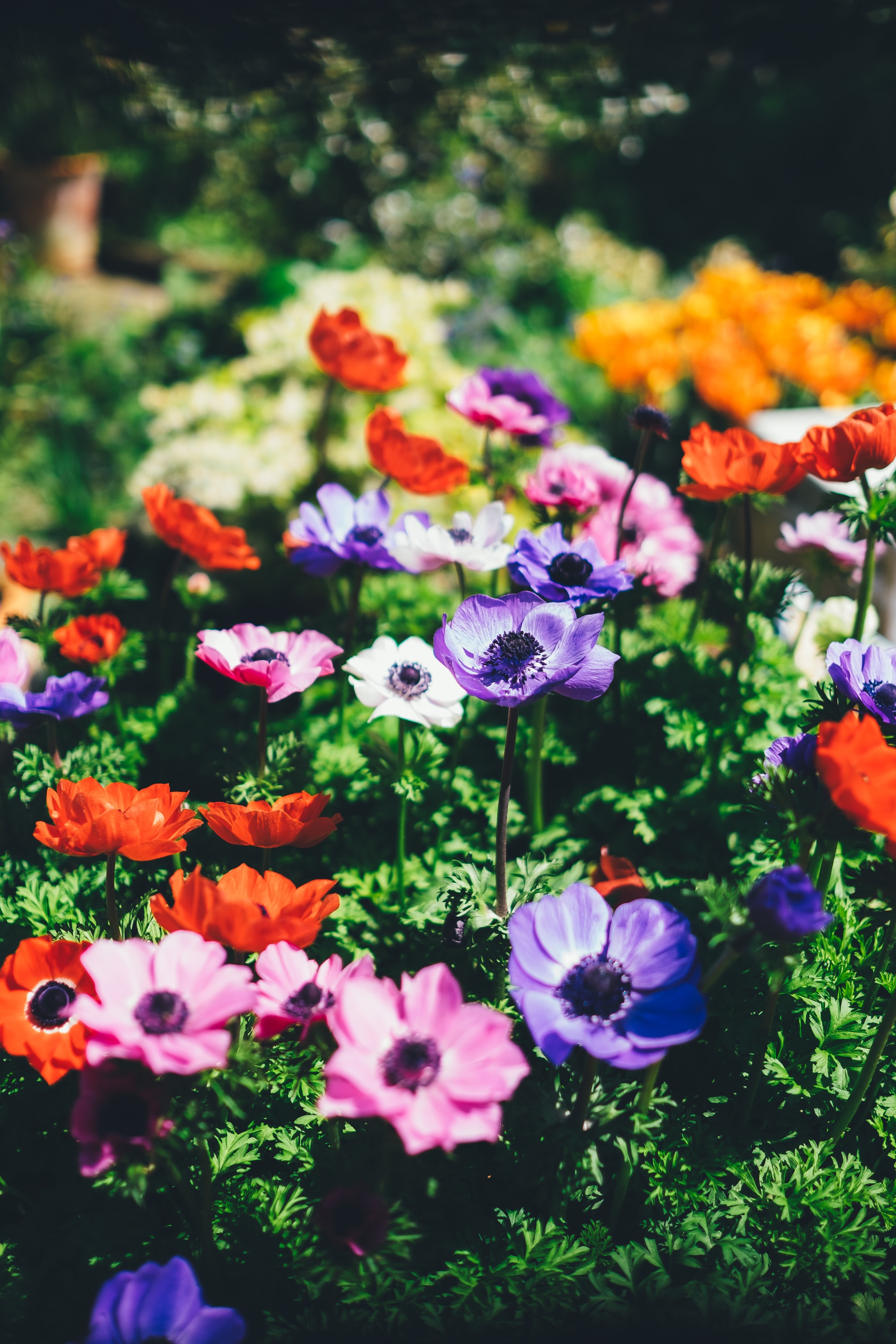Twenty-nine
- Judith Cox

- May 9, 2021
- 3 min read
Updated: May 14, 2021
Everything you wanted to know about a Hugelkultur but were afraid to ask.
Greetings fellow gardeners,
In Veggie Bites Twenty-eight I had mentioned that I would make Borage Soup. Unfortunately, the frost took most of my borage and I shall have to wait to try next year. I did have enough leaves to make Borage Lemonade. It had a tart taste with the slight sweetening of honey and a cucumber aftertaste from the borage.

Borage lemonade with Leo as assistant
Today I am continuing to prepare my garden for the upcoming winter. I am pulling the rest of the tomatoes with the idea of saving some seeds and removing all tomato debris. I will be using one of my large pots today, and so will be pulling some marigolds that are still blooming. The marigolds will go directly to my hügelkultur and if I am lucky, they will bloom next year. My hügelkultur is where all my slow-to-compost vines and stems go and, in the winter, I add kitchen compost. This year I was able to grow a pumpkin on it and I can see that it is starting to rot near the bottom. Exciting!
Definition: “Hügelkultur (German pronunciation: [ˈhyːɡl̩kʊlˌtuːɐ̯]) is a horticultural technique where a mound constructed from decaying wood debris and other compostable biomass plant materials is later (or immediately) planted as a raised bed. Adopted by permaculture advocates, it is suggested the technique helps to improve soil fertility, water retention, and soil warming, thus benefiting plants grown on or near such mounds.”[1][2] https://en.wikipedia.org/wiki/Hugelkultur
If you are using dahlias in pots or in the ground as pollinator plants for your vegetables, it is still too early to dig them up. When the leaves are killed by frost it is time to dig up the tubers of the dahlias. Lie the tubers on newspapers to dry and be sure they do not get wet. After a couple of days, gently shake off excess dirt and wrap the tubers loosely in newspaper. You can store them in a paper bag or a box. I will have pictures when I harvest mine.
Today I removed the tomatoes from their large planters. I decided that I wanted to try a bulb ‘lasagna’ planter. These planters are often featured on my favourite British gardening shows. While they are beautiful in the milder climate of Britain, my corner of the world is much colder. I removed over half the dirt from the planter and put my bulbs in layer on layer like a lasagna. I covered the top with red orach seeds, that will have no issues germinating, so I know that no matter what, I will have a productive planter. The planter is large and situated where the snow plough will keep it covered in snow. I have never tried this before but ‘nothing ventured, nothing gained.’

I purchased a mixture of bulbs; Alliums, Anemone, Muscari, and Hyacinths

In the first layer, which was about halfway down the planter, I placed the three hyacinths (so yummy for rodents) and surrounded them with allium bulbs. I then covered them with earth.


The second layer had alliums and anemones and then a layer of earth.

The third layer has the Muscari and then covered with earth.

Once the bulbs were tucked in, I sprinkled the red orach seeds on the top and covered them up.
To further aid in catching the snow and to discourage digging rodents I covered the surface in netting and tucked it into the planter. Now I will wait and see if my experiment is productive.
While I was cleaning up my front garden, I found a few little tomatoes, a couple of zucchinis, and a cucumber. One more salad for me. Please remember as you are cleaning up your garden, to leave some plants and seeds. There are insects and birds that work hard to help your vegetable garden that will thank you for thinking of them. Enjoy the vibrant fall colours in your garden and have a great week.
Judith. (Email: lapisdragonarts@gmail.com)
All Veggie Bites are available at the SGHS website: https://sites.google.com/site/sghortsoc/



Comments